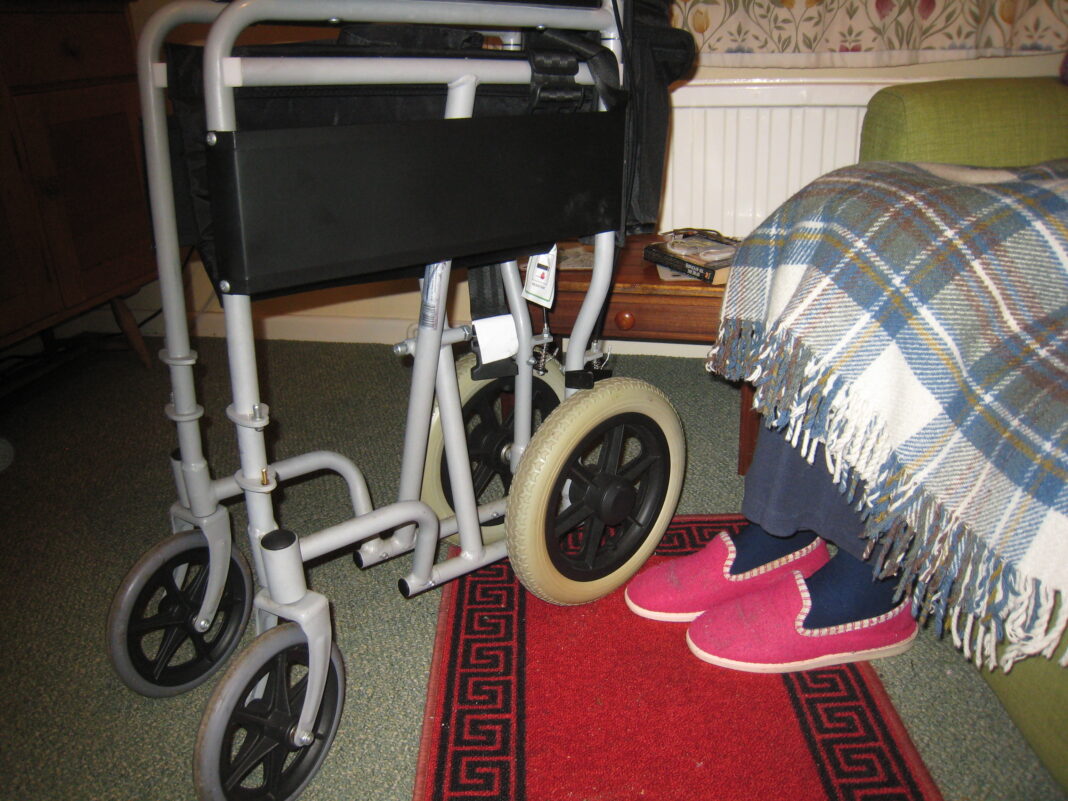Rother’s aging population profile and slower growth have been laid bare by a recent Office for National Statistics report which uses 2021 census information.
In the ten years to 2021 Rother’s population increased by a modest 2.8% to about 93,100, compared to the overall population of the south-east, which rose 7.5%. England overall added 6.6% more inhabitants. Rother was in fact the third-least densely populated district in the south-east.
Our district’s people had a median age of 53, up three years, far older than the English median of 40. Significantly, the number of people in Rother aged 65-74 increased by almost a quarter, while the number of residents aged 35-49 fell by 19%. Nine out of ten Rother people were born in England.
Divorces in the area rose slightly to 11.1%.
One of the most interesting statistics is that one in ten Rother residents are now involved in providing unpaid care to relatives or others. Somewhat unbelievably, this includes carers aged five and over. Only Lewes had a higher proportion of people providing up to 19 hours of weekly unpaid care. Some 7.5% of Rother inhabitants identified as “disabled and limited a lot”, in line with the England figure.
As already reported in the general media, people’s adherence to Christianity has taken a big hit in the last decade. Reflecting this, nearly 41% of Rother residents professed to having “no religion”, up from 25% in 2011. However, about 51% still described themselves as Christian, down from 65%.
Just under 47% of people over 16 in the district said they were employed, a low level, whereas local unemployment stood at 2.2% in 2021. More than a third of Rother residents were retired.
It appears that the impact of the pandemic has led to fewer adults working long hours. Meanwhile, the district’s home ownership decreased slightly to 72.7%, although the level remained above the south-east average of 65.7%. The proportion of “social rented” households fell very slightly to 10.2%, while private rental accommodation rose 2.2% to 16.2%.
About 82% of the district’s population described their health as “very good” or “good”, and a further 13% as “fair”. The pandemic may have influenced how people rated their health.
It’s to be hoped that the valuable information gleaned from the latest census will be used to improve the lives of everyone in Rother.
Image Credits: David Worwood .



